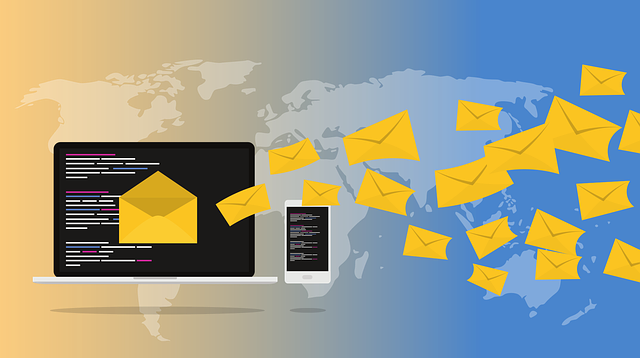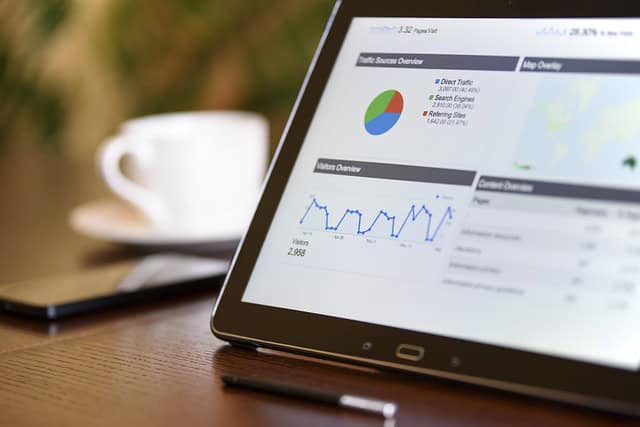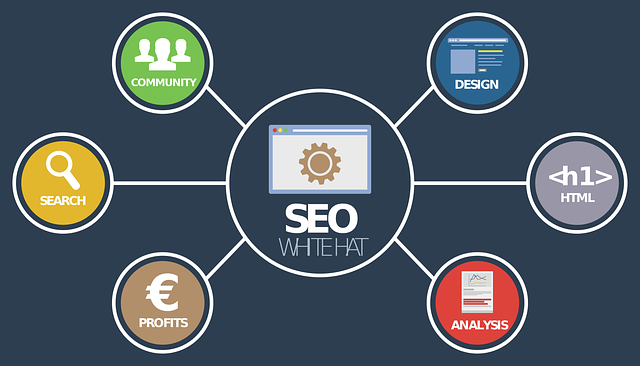-By: Bhavisha Changrani
In an era where digital communication is ubiquitous, email marketing continues to be a cornerstone of effective outreach strategies. However, as inboxes become inundated with generic content, the need for personalization has never been more pronounced. Personalized email marketing—tailoring messages to individual recipients based on their preferences and behaviors—has emerged as a key tactic for boosting engagement, enhancing customer experience, and driving conversions. This article delves into the significance of personalization in email marketing, explores strategies for implementation, and highlights the benefits it can bring to both businesses and consumers.

The Significance of Personalization
Personalization involves customizing email content to meet the specific needs and interests of each recipient. Rather than sending the same message to everyone on your list, personalization ensures that each email is relevant to the individual recipient. This approach is becoming increasingly important as consumers seek more meaningful interactions with brands.
1. Elevated Engagement
Personalized emails significantly improve engagement rates. Studies reveal that emails tailored to recipients’ interests and behaviors have notably higher open and click-through rates compared to generic messages. For instance, an email with personalized subject lines can lead to a 26% increase in open rates. This heightened engagement results from recipients perceiving the content as more relevant and valuable.
2. Enhanced Customer Experience
In a world saturated with one-size-fits-all communications, personalized emails stand out by providing a more individualized experience. When customers receive content that resonates with their specific needs or interests, they are more likely to engage positively with the brand. This personalized approach can foster a deeper connection, increase brand loyalty, and enhance overall customer satisfaction.
3. Boosted Conversion Rates
Personalized emails are more effective at driving conversions. By tailoring content based on past interactions or behaviors, businesses can present offers and recommendations that are more likely to appeal to the recipient. For example, suggesting products based on previous purchases or browsing history can prompt recipients to complete transactions they might otherwise have abandoned. Reports show that personalized email campaigns can yield up to 6 times higher transaction rates compared to non-personalized ones.
Implementing Personalization in Email Marketing
Effective personalization requires a strategic approach and a solid understanding of your audience. To incorporate personalization into your email marketing approach, follow these steps: :
1. Gather and Analyze Data
The foundation of personalization is data. Collecting relevant information about your subscribers—such as their preferences, browsing behavior, and purchase history—is crucial. Utilize tools like customer relationship management (CRM) systems and analytics platforms to gather and analyze this data. Understanding your audience’s behavior and preferences will enable you to craft more targeted and relevant email content.
2. Segment Your Audience
Audience segmentation is essential for effective personalization. By dividing your email list into smaller groups based on criteria such as demographics, purchase behavior, or engagement levels, you can tailor your messages to each segment’s specific needs. For example, a fashion retailer might segment its list into groups based on gender, purchase history, or location to deliver more relevant product recommendations and promotions.
3. Employ Dynamic Content
Dynamic content allows for real-time customization of email elements based on recipient data. This can include personalized product recommendations, special offers, or tailored messaging. For instance, an email might feature different promotions or product suggestions depending on the recipient’s previous interactions with the brand.. The effectiveness of your email campaigns can be greatly increased by using dynamic content, which also improves relevancy
4. Utilize Behavioral Triggers
Behavioral triggers are automated emails sent in response to specific actions taken by recipients. Examples include:
-Welcome Emails:
Sent when a new subscriber joins, introducing them to your brand and offering initial incentives.
– Abandoned Cart Emails:
Remind clients that they still have things in their cart to entice them to finish their transaction.
– Re-engagement Emails:
Target inactive subscribers with special offers or updated content to rekindle their interest.
Behavioral triggers ensure that emails are sent at the optimal time, increasing the likelihood of engagement and conversion.

5. Continuously Test and Optimize
Personalization is an ongoing process that requires regular testing and optimization. A/B testing different elements of your emails—such as subject lines, content, or calls-to-action—can help determine what resonates best with your audience. Monitor key metrics like open rates, click-through rates, and conversion rates to assess the effectiveness of your personalization strategies and make data-driven adjustments as needed.
Benefits of Personalization
Implementing personalization in email marketing offers numerous advantages for both businesses and consumers:
1. Strengthened Customer Relationships
Personalized emails help build stronger relationships between brands and their customers. By demonstrating an understanding of individual preferences and needs, brands can create a more meaningful and engaging experience. This personalized approach fosters trust and loyalty, encouraging customers to remain engaged with the brand over time.
2. Higher Return on Investment (ROI)
Personalization can lead to a higher return on investment for email marketing campaigns. By increasing engagement and conversion rates, personalized emails can drive more revenue and improve the overall effectiveness of your marketing efforts. Studies show that personalized email campaigns can deliver up to 6 times higher revenue per email compared to generic campaigns.
3. Competitive Edge
In a competitive marketplace, personalization can set your brand apart from others. By delivering tailored content that meets the specific needs of your audience, you can differentiate your brand and stand out from the competition. This competitive edge can be crucial in attracting and retaining customers in a crowded digital landscape.

Conclusion
Personalization in email marketing is no longer just a trend but a crucial strategy for success in today’s digital world. By tailoring content to individual preferences and behaviors, businesses can enhance engagement, improve customer experience, and drive higher conversion rates. Implementing effective personalization strategies requires a thoughtful approach, leveraging data and segmentation to deliver relevant and meaningful messages. The benefits of personalization—stronger customer relationships, higher ROI, and a competitive edge—make it a valuable investment for any email marketing campaign. As the digital landscape continues to evolve, personalization will remain a key driver of success, helping brands connect with their audience in a more impactful and resonant way.










